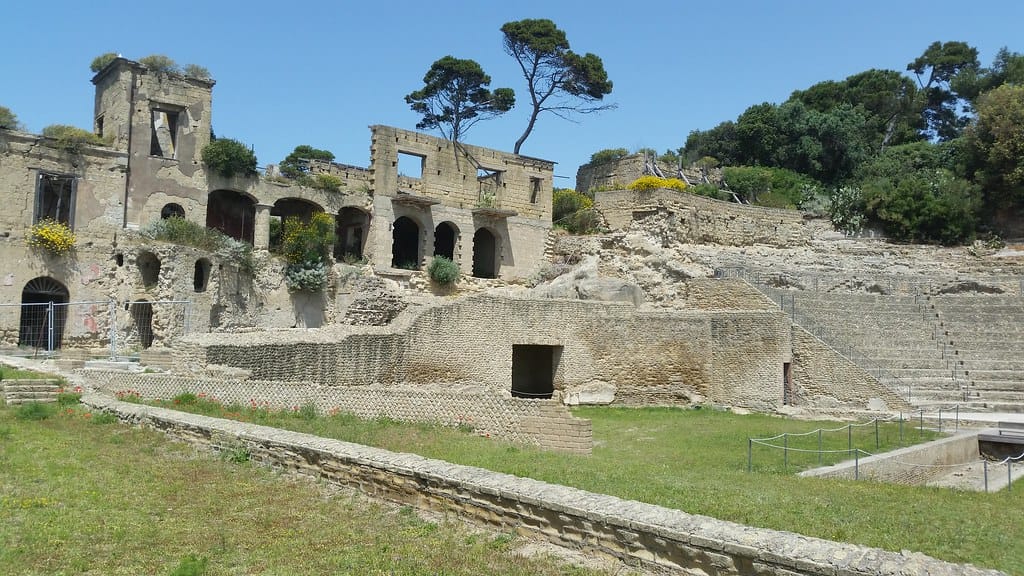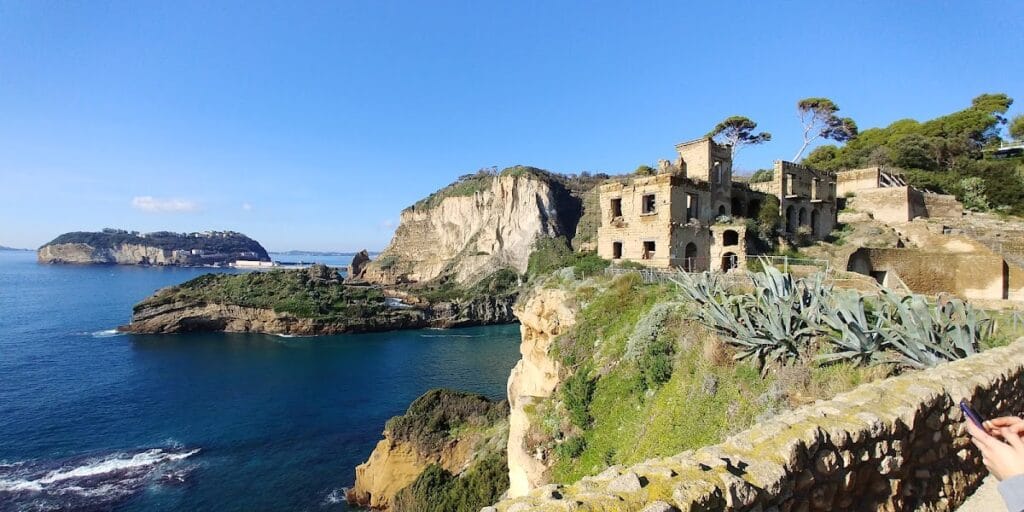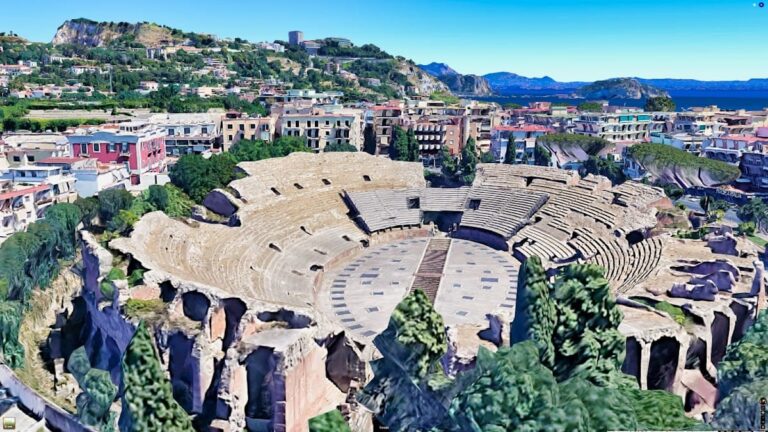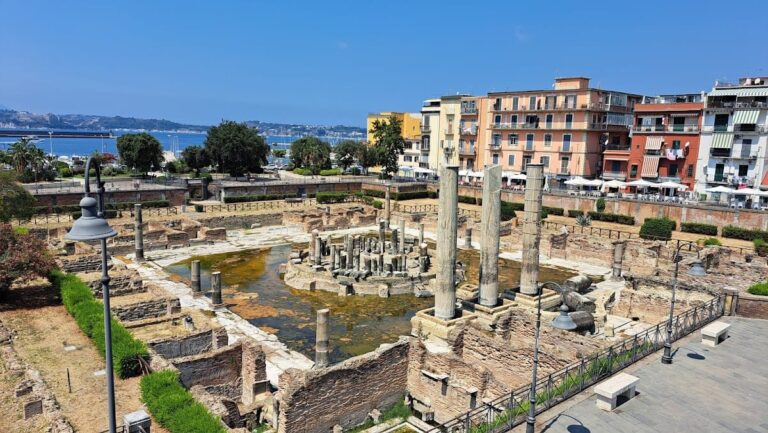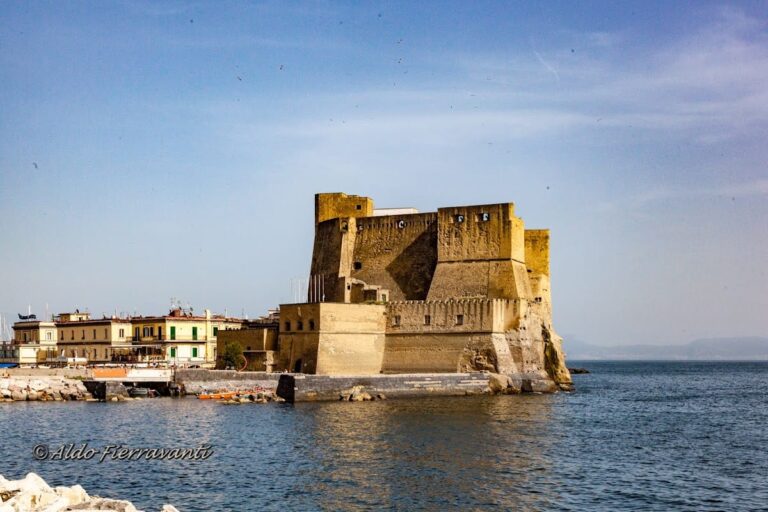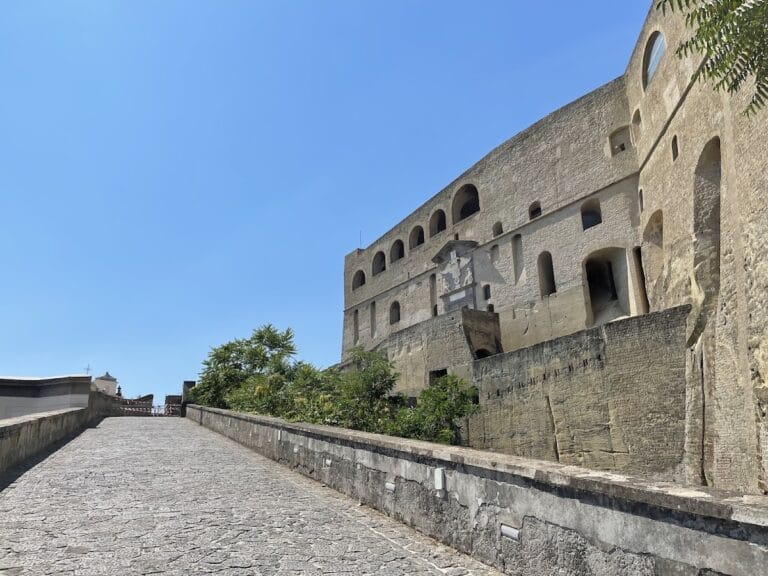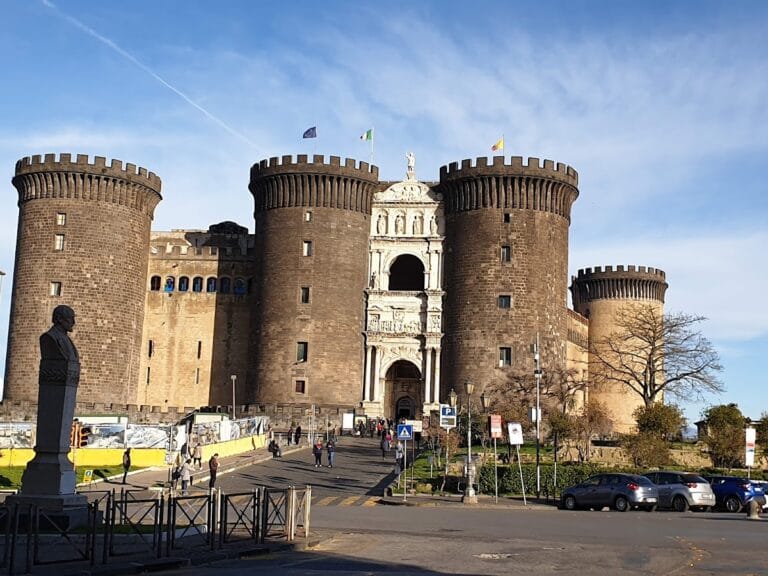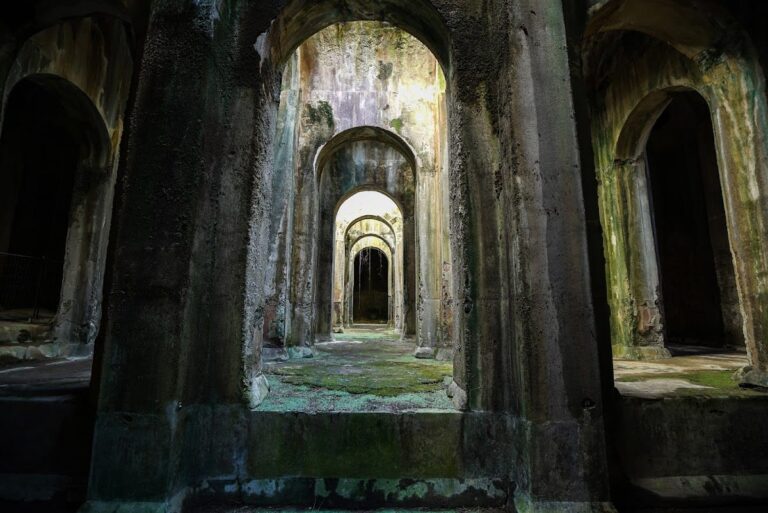Pausilypon: An Ancient Roman Villa Complex in Naples, Italy
Visitor Information
Google Rating: 4.7
Popularity: Low
Google Maps: View on Google Maps
Official Website: www.areamarinaprotettagaiola.it
Country: Italy
Civilization: Roman
Remains: Domestic
History
The Pausilypon complex is situated along the Posillipo coast in Naples, Italy. It was established in the 1st century BCE by Publio Vedio Pollione, a Roman equestrian and freedman. Pollione selected this location between the bays of Gaiola and Trentaremi as a private retreat following the Battle of Actium in 31 BCE. The name “Pausilypon,” derived from Greek, translates to “relief from pain,” reflecting its intended purpose as a place of leisure and escape from public life.
Following Pollione’s death in 15 BCE, the villa transitioned into an imperial residence. It was utilized by Emperor Augustus and subsequent rulers, with Emperor Hadrian (Publio Elio Traiano Adriano) recorded as the last known occupant. During this imperial phase, the site likely served as a luxurious retreat for the Roman elite, maintaining its function as a place of relaxation and entertainment.
In the 1st century CE, the Grotta di Seiano, a tunnel connecting the villa to the important Roman ports of Puteoli and Cumae, was expanded under Lucio Elio Seiano. Originally constructed by architect Lucio Cocceio Aucto under Agrippa, this tunnel facilitated access and communication between the villa and maritime trade routes. Over time, the tunnel fell into disuse but was rediscovered in 1841 and restored by Ferdinand II of Bourbon. During World War II, it was repurposed as an air-raid shelter.
In the modern era, the submerged maritime area surrounding Pausilypon was designated a protected marine park in 2002. Restoration efforts culminated in the reopening of the site to the public in 2009, with ongoing projects aimed at improving access. The historical phases of Pausilypon thus span from its foundation as a private retreat, through imperial use, to periods of neglect and modern conservation.
Remains
The Pausilypon archaeological complex comprises a variety of structures arranged to serve leisure, entertainment, and residential functions. The layout includes a large theater, an odeon for smaller performances, thermal baths, and representative rooms with remnants of wall decorations. These elements date primarily to the 1st century BCE and the early Imperial period, reflecting the villa’s multifunctional role.
The theater, capable of seating approximately 2,000 spectators, stands as a prominent feature of the site. Constructed with Roman building techniques, it was designed for public spectacles and social gatherings. Nearby, the smaller odeon provided a more intimate venue for musical or poetic performances. Both structures remain partially preserved, with visible stone seating and stage areas.
A significant engineering achievement is the Grotta di Seiano, a 770-meter-long tunnel carved through tuff rock. Oriented east-west, it varies in height and width and includes three side tunnels opening onto the bay to allow light and ventilation. This tunnel connected the villa to Roman ports.
The villa’s maritime installations extend beneath the sea surface and are part of the Parco Sommerso di Gaiola, a submerged park preserving fishponds (peschiere) and port-related buildings. Among these is the “Palazzo degli Spiriti,” also known as Villa degli Spiriti, located near Marechiaro. Dating to the 1st century BCE, it likely functioned as a nymphaeum (a monument dedicated to nymphs) or a murenaio, a farm for breeding moray eels. Its submerged tanks remain visible today.
Advanced hydraulic systems were incorporated into the villa, including aqueduct conduits lined with waterproof mortar. These installations supplied water to the baths and gardens. The site also features terraces and belvederes offering panoramic views of Naples, the Sorrento Peninsula, Mount Vesuvius, and Capri.
Additional archaeological remains in the vicinity include Roman domus with Ionic columns and brick niches, visible at Marechiaro and Calata Ponticello. The perimeter of the so-called “School of Virgil,” a coastal area associated with Roman literary tradition, is also identifiable nearby. These elements collectively illustrate the extensive and varied nature of the Pausilypon complex and its surroundings.
